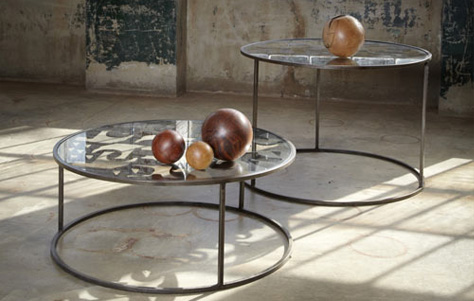A staircase is an often-forgotten part of your home. It’s
functional, helping you get from the main floor to the upstairs or downstairs,
but most people don’t consider just how much architectural beauty they are
missing out on by having a generic staircase. One of the best ways to dress up
your staircase is with custom made pickets and supplies for steel staircases from
Wasatch Steel.
An Artistic Touch
Whether you decide to go with an all-metal look for your
stairs, or you want to combine wood and steel, designing with metal can help
turn ordinary stairs into an artistic expression in your home. The sheer
variety of different custom made pickets that you can choose from ensure that
whatever your artistic style, you can create a unique look just for your home.
The clean, modern look of metal ensures that your neighbors, friends, and
visitors will be talking about your home long after they leave.

Choose Your Picket
Style
There are so many different styles you can choose from when
it comes to pickets (also called balusters or spindles) for your stair railing.
Whether you prefer to go with a more traditional or basic look, or you want
something ornamental and decorative, Wasatch Steel can create it. You can
choose from existing designs, or use your imagination to come up with something
totally unique for your staircase and let us custom design it for you. Here are
just a few of the picket styles we can create:
- Square, round, or rectangular bars
-
Waves and bows
- Baskets in a variety of shapes and sizes
- Twisted, smooth, or embossed
- Leaves, vines, fleur-de-lis, and spheres
- Ornamental designs
- Continuous curve scrolls
- Rustic chiseled designs
- Classic style hand-forged
Consult the Experts
If you are not quite sure what you want for your staircase
railing, come to Wasatch Steel to see our extensive line of supplies for steel
staircases. Our catalog includes over 4,000 ornamental metal designs so we can
help you figure out exactly what you want your stair railing to look like. Your
custom made pickets should be a reflection of your personal style, not a
cookie-cutter version of someone else’s ideas.
Create Your Own Design
If you have a favorite design or flower already in mind, or
there is something unique about the design in your home (such as a specific
shape that you are using in the architecture, or a color that you have in your
décor), custom made pickets can be a great way to enhance that element and
bring the entire room together.
Custom pickets are great for a wide variety of different types of staircases. They can bring more dimension and depth to a straight staircase, or they can bring out the wow factor in a winding staircase or a rounded design. When you coordinate to have steel elements in your staircase, the modern and clean look can extend through the entire staircase with custom pickets or balusters. When you’re ready to add sizzle to your staircase, choose the right balusters to complete your look.












